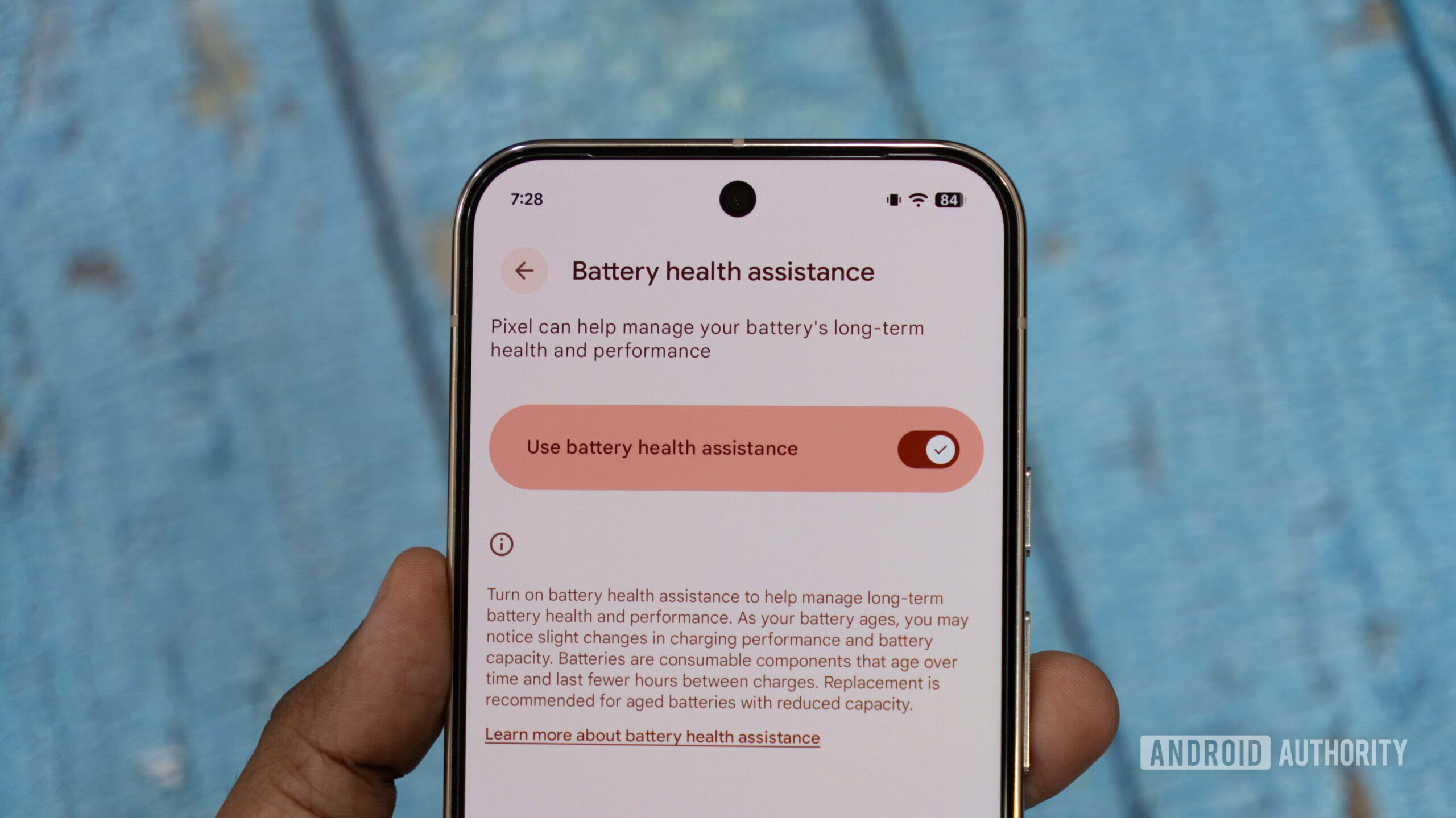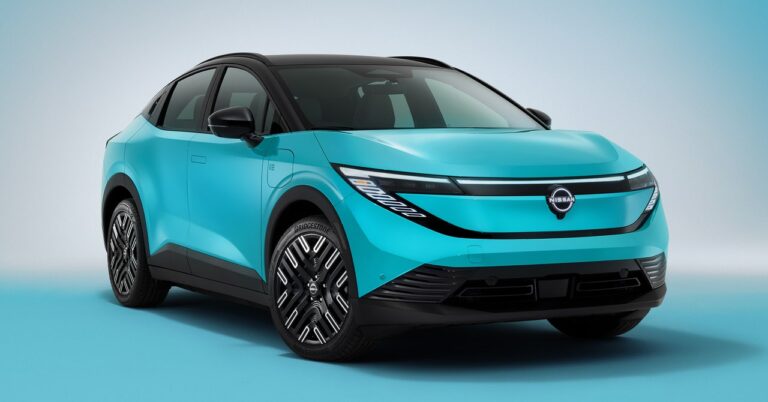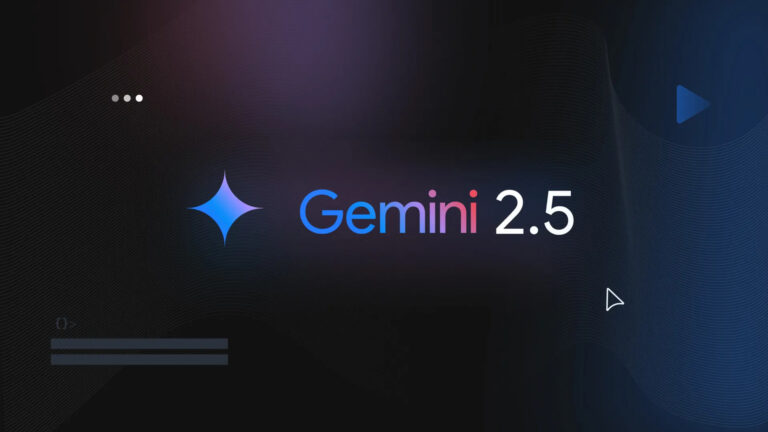Is mandatory battery throttling coming for more Pixels with poor battery health?

Aamir Siddiqui / Android Authority
TL;DR
- Google could potentially force Battery Health Assistance to remain enabled on Pixel phones with poor battery health.
- Users may not be able to change/disable the feature until they replace their phone’s battery.
- Pixel 9a users have Battery Health Assistance already enabled and mandatory, even on new devices.
Pixel smartphones have been a staple recommendation as great Android phones, but lately, we’ve been hearing more and more about their battery issues. Most battery issues seem to affect the Pixel A-series, making them harder to recommend. Google introduced Battery Health Assistance features with the Pixel 9a, letting the OS automatically (and forcibly) lower the phone’s battery capacity and charging speed over time. Other Pixel devices can also optionally use the Battery Health Assistance features, but it seems Google could potentially mandate them for Pixel devices with low battery health.
An APK teardown helps predict features that may arrive on a service in the future based on work-in-progress code. However, it is possible that such predicted features may not make it to a public release.
Google’s Settings Services app v1.1.0771997146 modifies some strings related to the Battery Health Assistance feature. These are the old strings:
Code
<string name="pulsar_summary_unavailable">Unavailable</string>
<string name="pulsar_footer_title_unavailable">Battery health assistance is unavailable.</string>These have been replaced with these new strings that contain updated language:
Code
<string name="pulsar_summary_unavailable">Unavailable until battery is replaced</string>
<string name="pulsar_footer_title_unavailable">Battery health assistance cannot be changed until the battery is replaced. As your battery ages, you may notice slight changes in charging performance and battery capacity. Batteries are consumable components and replacement is recommended for aged batteries.</string>At first glance, it may seem like Google could turn off the Battery Health Assistance feature if battery health drops below a certain point. However, such a move would be counterintuitive.
Battery Health Assistance stabilizes battery performance and aging by gradually lowering the battery’s maximum voltage in stages. However, you may not like it since it will also reduce battery life and increase charging time. If a user has the feature on for years and they finally reach a point where they absolutely need to replace the battery, disabling Battery Health Assistance would presumably deregulate their battery’s maximum voltage back to original levels, which will only worsen the situation.
The situation makes a bit more sense when you look closely at the wording. In the updated description, Google says, “battery health assistance cannot be changed until the battery is replaced” (emphasis added).
Google hasn’t yet announced this change to Battery Health Assistance, so it remains to be seen what they have in mind. Given the spate of battery-related incidents in the Pixel A-series, it wouldn’t be surprising to see Battery Health Assistance mandated once battery health falls below a certain level. We’ll keep you updated when we learn more.




